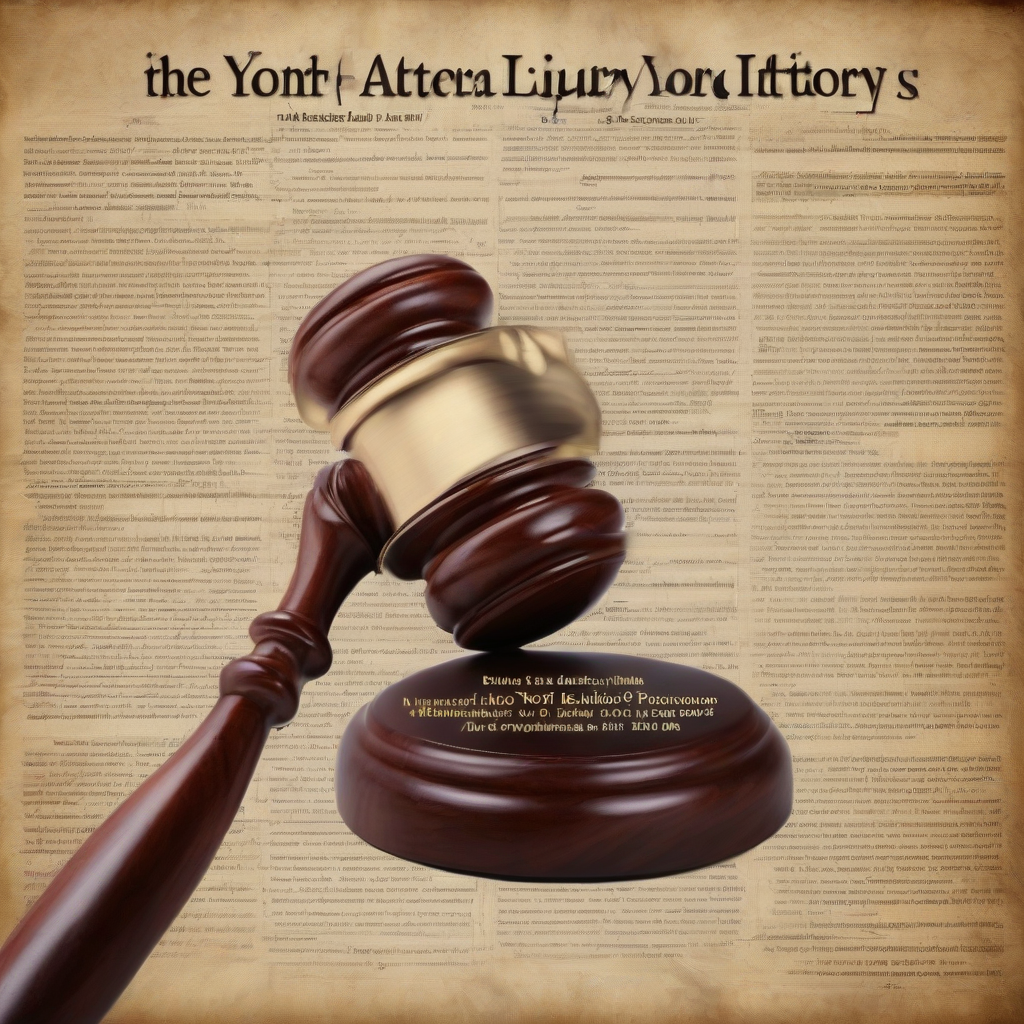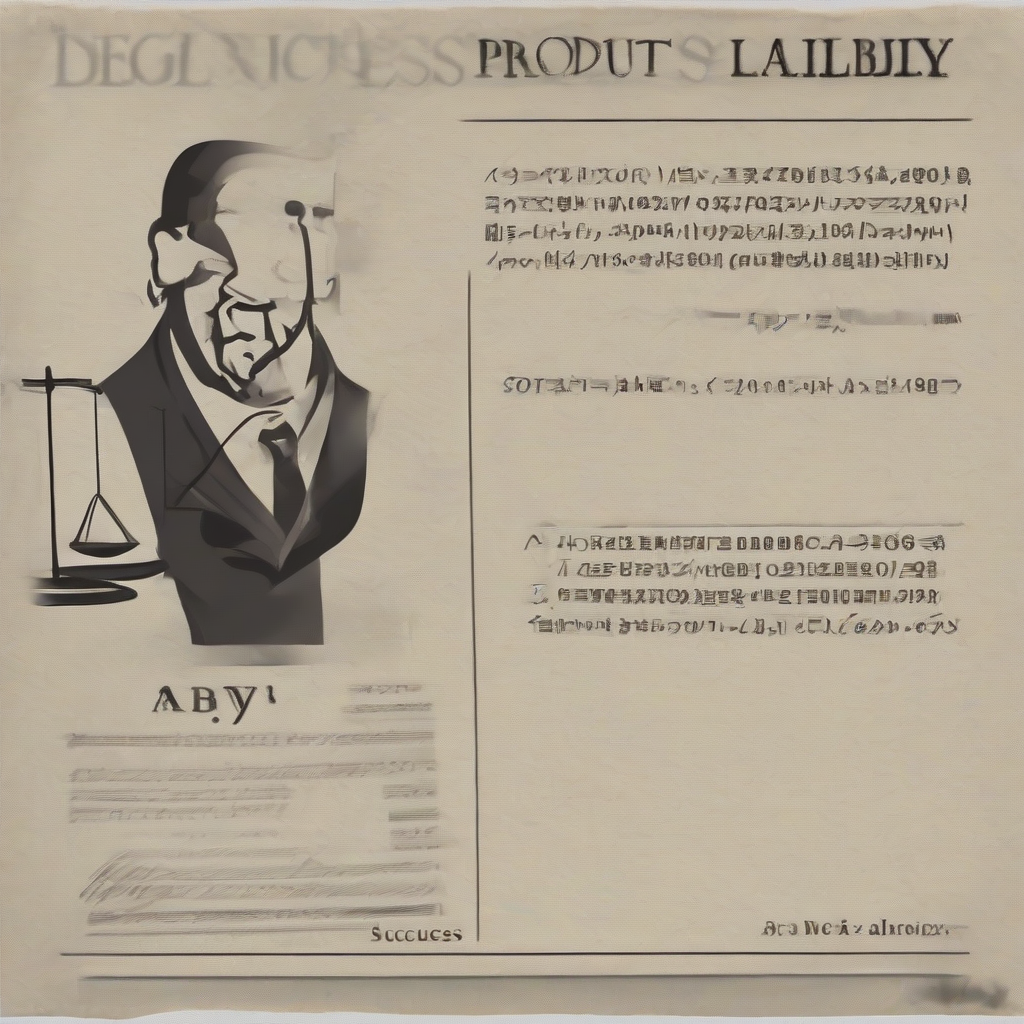Navigating the Complexities: Your Guide to Personal Injury Attorneys in New York
Suffering a personal injury in New York can be a deeply challenging experience, both physically and emotionally. The aftermath often involves medical bills, lost wages, and the daunting task of navigating the legal system. This is where experienced personal injury attorneys in New York become invaluable. This comprehensive guide will explore the intricacies of finding and working with the right legal representation to protect your rights and secure the compensation you deserve.
Understanding Personal Injury Law in New York
New York’s personal injury laws are complex, encompassing a wide range of accidents and injuries. These include, but are not limited to:
- Car accidents
- Motorcycle accidents
- Truck accidents
- Pedestrian accidents
- Bicycle accidents
- Slip and fall accidents
- Medical malpractice
- Construction accidents
- Premises liability
- Dog bites
- Product liability
Each type of accident has its own specific legal nuances and requirements for proving negligence. Successfully navigating these complexities requires a deep understanding of New York’s tort laws, evidence procedures, and insurance regulations.
Finding the Right Personal Injury Attorney in New York
Choosing the right attorney is crucial for a successful outcome. Here’s a guide to finding the best fit for your needs:
1. Experience and Specialization:
Look for attorneys with a proven track record in handling cases similar to yours. Specialization matters. A lawyer specializing in car accidents will have a different skillset and experience than one focusing on medical malpractice. Review their case history and look for successful settlements or verdicts in similar cases.
2. Reputation and Client Reviews:
Check online reviews and testimonials from past clients. Websites like Avvo, Justia, and Yelp can offer valuable insights into an attorney’s reputation and client satisfaction. Look for consistent positive feedback and avoid attorneys with numerous negative reviews.
3. Communication and Accessibility:
Effective communication is vital. Choose an attorney who is responsive to your inquiries and keeps you informed throughout the process. Consider how easily you can reach them and whether they provide regular updates on your case.
4. Fee Structure:
Most personal injury attorneys work on a contingency fee basis. This means they only get paid if they win your case, usually a percentage of the settlement or verdict. Understand the fee structure upfront and ensure it’s transparent and fair.
5. Location and Convenience:
While geography may not be the most important factor, consider an attorney’s location and accessibility, especially if you need in-person meetings.
The Role of a Personal Injury Attorney in New York
A skilled personal injury attorney in New York will perform several key functions:
- Investigating the accident: Gathering evidence such as police reports, medical records, witness statements, and photos.
- Determining liability: Identifying the responsible party and proving their negligence.
- Negotiating with insurance companies: Insurance companies often try to minimize payouts. Your attorney will negotiate on your behalf to secure a fair settlement.
- Filing a lawsuit (if necessary): If a settlement cannot be reached, your attorney will file a lawsuit and represent you in court.
- Preparing for trial: This includes gathering evidence, deposing witnesses, and preparing legal arguments.
- Representing you in court: If the case goes to trial, your attorney will present your case and argue for the maximum compensation.
- Calculating damages: This includes medical expenses, lost wages, pain and suffering, and other losses.
Common Mistakes to Avoid When Choosing a Personal Injury Attorney
- Choosing the first attorney you find: Take your time and research multiple attorneys before making a decision.
- Ignoring red flags: Be wary of attorneys who make unrealistic promises or pressure you into making quick decisions.
- Failing to ask questions: Don’t hesitate to ask about their experience, fee structure, and communication style.
- Not getting everything in writing: Ensure all agreements and fee arrangements are documented in writing.
- Neglecting to follow your attorney’s advice: Your attorney’s expertise is crucial for a successful outcome. Follow their advice and instructions carefully.
The Importance of Evidence in Personal Injury Cases
Strong evidence is crucial to proving negligence and securing compensation. This includes:
- Police reports: An official record of the accident.
- Medical records: Documentation of your injuries and treatment.
- Witness statements: Accounts from individuals who witnessed the accident.
- Photos and videos: Visual evidence of the accident scene and your injuries.
- Expert witness testimony: Opinions from medical professionals, engineers, or other experts.
Dealing with Insurance Companies
Insurance companies are businesses designed to minimize payouts. They will often employ tactics to undervalue your claim. Your attorney will act as a buffer, negotiating on your behalf and protecting you from their tactics.
The Process of a Personal Injury Lawsuit
If a settlement cannot be reached, the case may proceed to a lawsuit. This involves several stages:
- Filing the complaint: The formal document initiating the lawsuit.
- Discovery: The process of gathering information and evidence from both sides.
- Depositions: Oral testimony taken under oath.
- Motion practice: Legal arguments made before the judge.
- Trial: Presenting evidence and arguments before a judge or jury.
- Appeal: Challenging the court’s decision.
Types of Damages in Personal Injury Cases
Damages in personal injury cases can include:
- Economic damages: Quantifiable losses such as medical bills, lost wages, and property damage.
- Non-economic damages: Intangible losses such as pain and suffering, emotional distress, and loss of consortium.
- Punitive damages: Awarded in cases of intentional misconduct or gross negligence.
Statute of Limitations for Personal Injury Cases in New York
New York has specific time limits for filing personal injury lawsuits. It’s crucial to consult an attorney as soon as possible after an accident to ensure your claim is filed within the applicable statute of limitations.
Conclusion (Omitted as per instructions)



